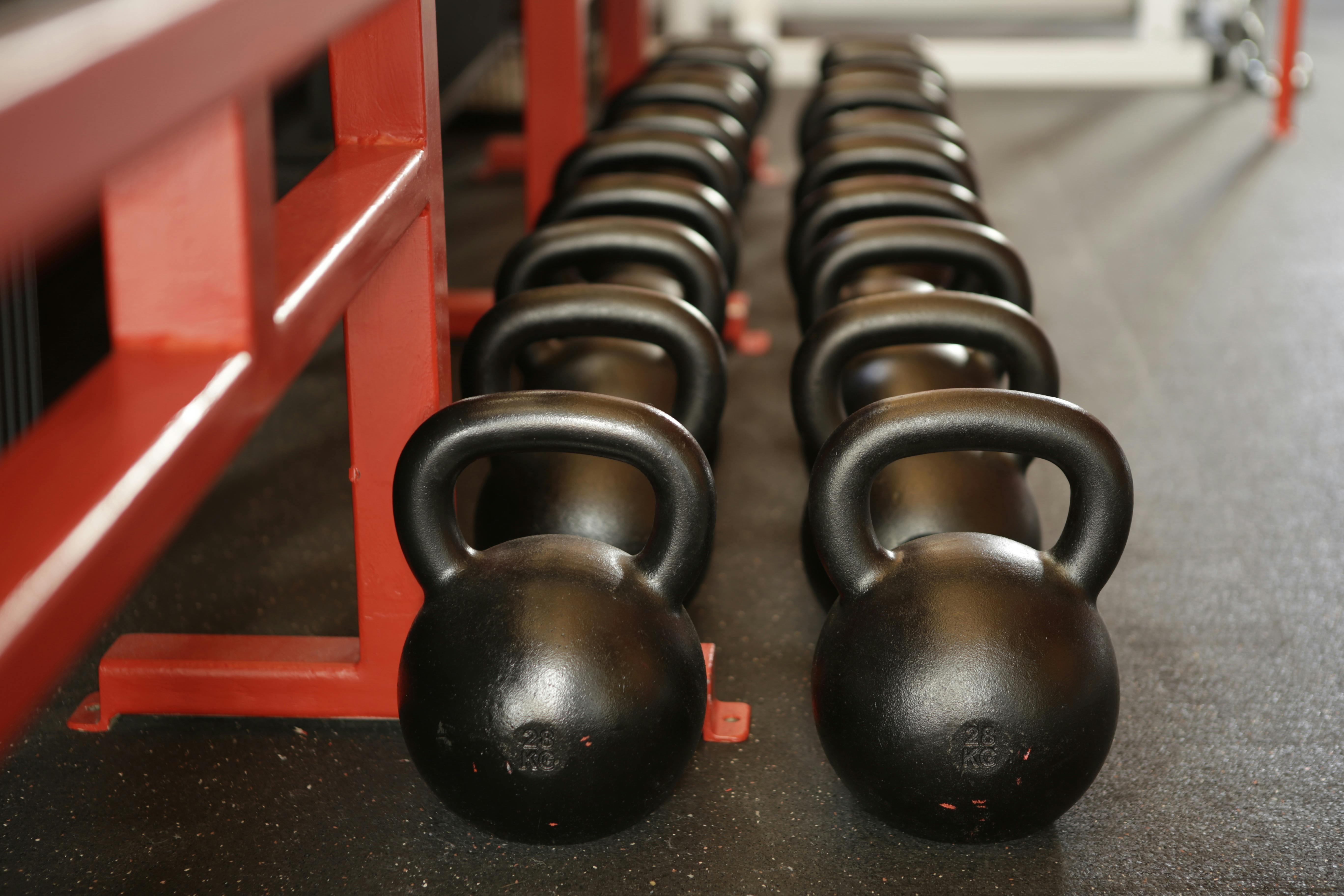The elusive six-pack: a symbol of peak fitness and dedication. For many, it’s the ultimate fitness goal, yet for others, it seems to appear with minimal effort. This often leads to the question, “Is a six-pack purely genetic?” While genetics certainly play a role in our body composition, the full picture is far more nuanced than a simple yes or no. This article delves into the fascinating interplay between your DNA and abdominal fat, exploring how genetics influence where you store fat, your metabolism, and ultimately, your ability to reveal those coveted abdominal muscles. By understanding these factors, you’ll gain valuable insights into optimizing your personal fitness journey.
The Anatomy of Abdominal Definition
Before diving into genetics, it’s crucial to understand what a “six-pack” actually is. It refers to the visible segmentation of the rectus abdominis muscle, a long, flat muscle that extends vertically along the front of the abdomen. These segments are created by fibrous bands of connective tissue called tendinous intersections. Everyone has these muscles and intersections; their visibility depends on two primary factors:
- Muscle Development: The rectus abdominis needs to be sufficiently developed through targeted exercises.
- Body Fat Percentage: For the muscles to be visible, the layer of subcutaneous fat covering them must be low enough. Generally, men need to be around 6-13% body fat, and women around 16-23% for clear abdominal definition, though this varies individually.
Understanding Subcutaneous vs. Visceral Fat
Abdominal fat isn’t just one type. It’s broadly categorized into two main types:
- Subcutaneous Fat: This is the fat located just beneath the skin. It’s the fat you can pinch. For a six-pack to show, this layer must be minimal.
- Visceral Fat: This fat is stored deep within the abdominal cavity, surrounding organs. While not directly obscuring the six-pack, high levels of visceral fat are linked to increased health risks and can contribute to a larger waistline.

The visibility of your abs is predominantly about reducing subcutaneous fat, which is influenced by both genetics and lifestyle.
Genetic Predisposition to Fat Distribution
One of the most significant ways genetics influences your six-pack potential is through body fat distribution. Some individuals are genetically predisposed to store more fat around their midsection (an “apple” shape), while others tend to store it more in their hips and thighs (a “pear” shape).
Apple vs. Pear Body Shapes
Research consistently shows that genes play a substantial role in determining where your body preferentially stores fat. For instance, studies have identified specific gene variants associated with higher waist-to-hip ratios, indicating a greater tendency for abdominal fat accumulation. This means that even at the same overall body fat percentage, two individuals might have vastly different amounts of fat covering their abs due to their genetic blueprint.
Key Insight: If you’re genetically predisposed to store fat around your midsection, achieving a six-pack might require a lower overall body fat percentage compared to someone who naturally stores fat elsewhere. This doesn’t make it impossible, just potentially more challenging.
Genetics and Metabolic Factors
Beyond fat distribution, genetics also influence various metabolic processes that impact fat accumulation and loss. These include basal metabolic rate (BMR), appetite regulation, and even how your body responds to certain macronutrients.
Metabolic Rate and Energy Expenditure
Your basal metabolic rate (BMR) is the number of calories your body burns at rest. While BMR is largely determined by factors like age, sex, and muscle mass, there’s also a genetic component. Some individuals naturally have a slightly higher BMR, meaning they burn more calories throughout the day, making it easier to maintain a calorie deficit necessary for fat loss.
Appetite and Satiety Hormones
Genes can influence the production and sensitivity of hormones like leptin (which signals fullness) and ghrelin (which stimulates hunger). Variations in these genes can affect how hungry you feel, how quickly you feel full, and your overall food intake, indirectly impacting your body fat levels. For example, some genetic variations might make individuals less sensitive to leptin’s signals, potentially leading to overeating.

A 2023 study published in *Nature Genetics* highlighted several new genetic loci associated with body fat distribution and obesity-related traits, further solidifying the genetic link. For more detailed information on genetic influences on obesity, you can refer to this resource: Genetic and Epigenetic Factors in Obesity.
The Dominant Role of Lifestyle Factors
While genetics set the stage, lifestyle factors are the primary actors in the play of body composition. No matter your genetic predisposition, consistent effort in diet, exercise, sleep, and stress management will have the most profound impact on your abdominal fat levels.
Nutrition: The Cornerstone of Fat Loss
Achieving a six-pack is often said to be “made in the kitchen.” A calorie deficit is essential for fat loss. This means consuming fewer calories than your body expends. Focus on:
- Whole Foods: Prioritize lean proteins, fruits, vegetables, and whole grains.
- Portion Control: Be mindful of serving sizes.
- Hydration: Drink plenty of water.
- Limit Processed Foods: Reduce intake of sugary drinks, unhealthy fats, and refined carbohydrates.
Exercise: Building Muscle and Burning Calories
Exercise plays a dual role: it helps burn calories to create a deficit and builds muscle, including your abdominal muscles. Incorporate a mix of:
- Strength Training: To build and strengthen your rectus abdominis and other core muscles.
- Cardiovascular Exercise: To increase calorie expenditure and improve overall cardiovascular health.
- High-Intensity Interval Training (HIIT): Effective for burning fat in shorter periods.

Sleep and Stress Management
Often overlooked, adequate sleep and stress reduction are critical for fat loss. Lack of sleep can disrupt hormones that regulate appetite (ghrelin and leptin) and increase cortisol, a stress hormone that promotes abdominal fat storage. Chronic stress also elevates cortisol, making it harder to lose fat, especially around the midsection.
The Emerging Field of Epigenetics
While your genes are fixed, the way they are expressed can be influenced by your environment and lifestyle. This is the field of epigenetics. Epigenetic changes don’t alter your DNA sequence but can turn genes “on” or “off,” affecting how your body functions, including fat storage and metabolism.
Lifestyle’s Impact on Gene Expression
For example, a healthy diet, regular exercise, and reduced exposure to environmental toxins can positively influence gene expression related to metabolism and inflammation. Conversely, a poor diet and sedentary lifestyle can lead to epigenetic changes that promote fat accumulation and metabolic dysfunction. This means that even if you have a genetic predisposition to store abdominal fat, your lifestyle choices can mitigate or exacerbate this tendency.
Takeaway: Epigenetics offers hope and agency. Your genes are not your destiny. Your daily habits have the power to influence how your genetic predispositions manifest.
Practical Strategies for Abdominal Fat Reduction
Regardless of your genetic makeup, a six-pack is achievable for most individuals through consistent and strategic effort. Here’s a summary of practical steps:
Holistic Approach to Fat Loss
- Sustainable Calorie Deficit: Aim for a moderate deficit (e.g., 300-500 calories below maintenance) to ensure steady fat loss without muscle loss.
- High-Protein Diet: Protein is satiating and helps preserve muscle mass during fat loss.
- Regular Strength Training: Include compound movements and specific core exercises (e.g., planks, leg raises, crunches).
- Consistent Cardio: Incorporate both steady-state and HIIT to boost calorie expenditure.
- Prioritize Sleep: Aim for 7-9 hours of quality sleep per night.
- Manage Stress: Practice mindfulness, meditation, or other stress-reducing activities.
- Patience and Consistency: Fat loss is a marathon, not a sprint. Celebrate small victories and stay consistent.

For further reading on effective strategies for fat loss and muscle gain, consider exploring resources from reputable fitness and health organizations. For example, the American Council on Exercise (ACE) provides evidence-based information on exercise and nutrition: The Truth About Abdominal Fat.
Genetic vs. Lifestyle Factors: A Summary
To summarize the complex relationship between genetics and abdominal fat, here’s a table illustrating their respective influences:
Factors Influencing Abdominal Fat
| Factor | Genetic Influence | Lifestyle Influence |
|---|---|---|
| Fat Distribution | Strong (e.g., apple vs. pear shape) | Can mitigate or exacerbate genetic tendency |
| Metabolic Rate | Moderate (baseline calorie burn) | Significant (muscle mass, activity level) |
| Appetite/Satiety | Moderate (hormone sensitivity) | Significant (diet composition, sleep, stress) |
| Muscle Definition | Minimal (muscle belly shape) | Dominant (strength training, fat loss) |
| Overall Body Fat % | Moderate (predisposition to gain/lose) | Dominant (diet, exercise, sleep, stress) |
In conclusion, while genetics undeniably play a role in aspects like where your body stores fat and your baseline metabolic rate, they are not the sole determinant of whether you can achieve a six-pack. Lifestyle factors—your diet, exercise routine, sleep habits, and stress management—hold far greater power in influencing your body composition and revealing those abdominal muscles. Think of genetics as the hand you’re dealt, and lifestyle as how you play that hand.
Instead of focusing on what you can’t change, empower yourself by focusing on what you can control. Consistency in creating a sustainable calorie deficit, engaging in regular strength and cardio training, prioritizing sleep, and managing stress will yield the most significant results. Your journey to a six-pack is unique, and understanding your body’s predispositions can help you tailor your approach for optimal success.
What are your biggest challenges in achieving your fitness goals, and how do you plan to overcome them?
